DOE extends comment period on Hanford LAW document
The Department of Energy has extended until November 27 the public comment period on the Draft Waste Incidental to Reprocessing Evaluation for Vitrified Low-Activity Waste Disposed Onsite at the Hanford Site, Washington, which supports the DOE’s decision to dispose of vitrified low-level radioactive waste at an on-site disposal facility at the Hanford Site near Richland, Wash. Notice of the comment extension was published in the September 22 Federal Register.
The DOE initially made the draft waste incidental to reprocessing (WIR) evaluation available in the May 26 Federal Register, opening a 120-day comment period. The DOE said it is extending the comment period an additional 60 days in response to requests.



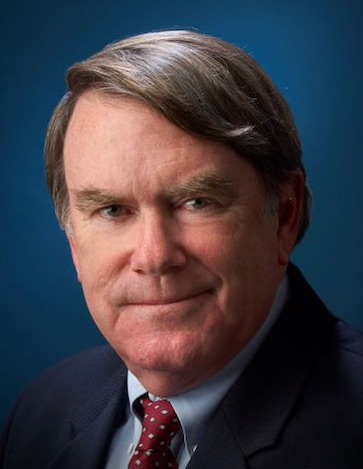
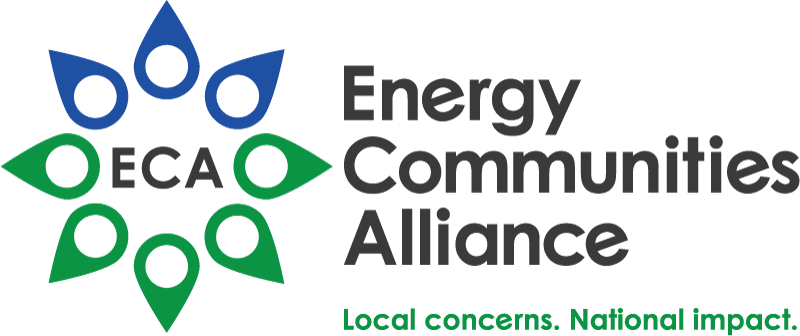 The board of directors of the Energy Communities Alliance (ECA), an organization known more for its work in advancing the cleanup of Department of Energy sites, is launching a
The board of directors of the Energy Communities Alliance (ECA), an organization known more for its work in advancing the cleanup of Department of Energy sites, is launching a 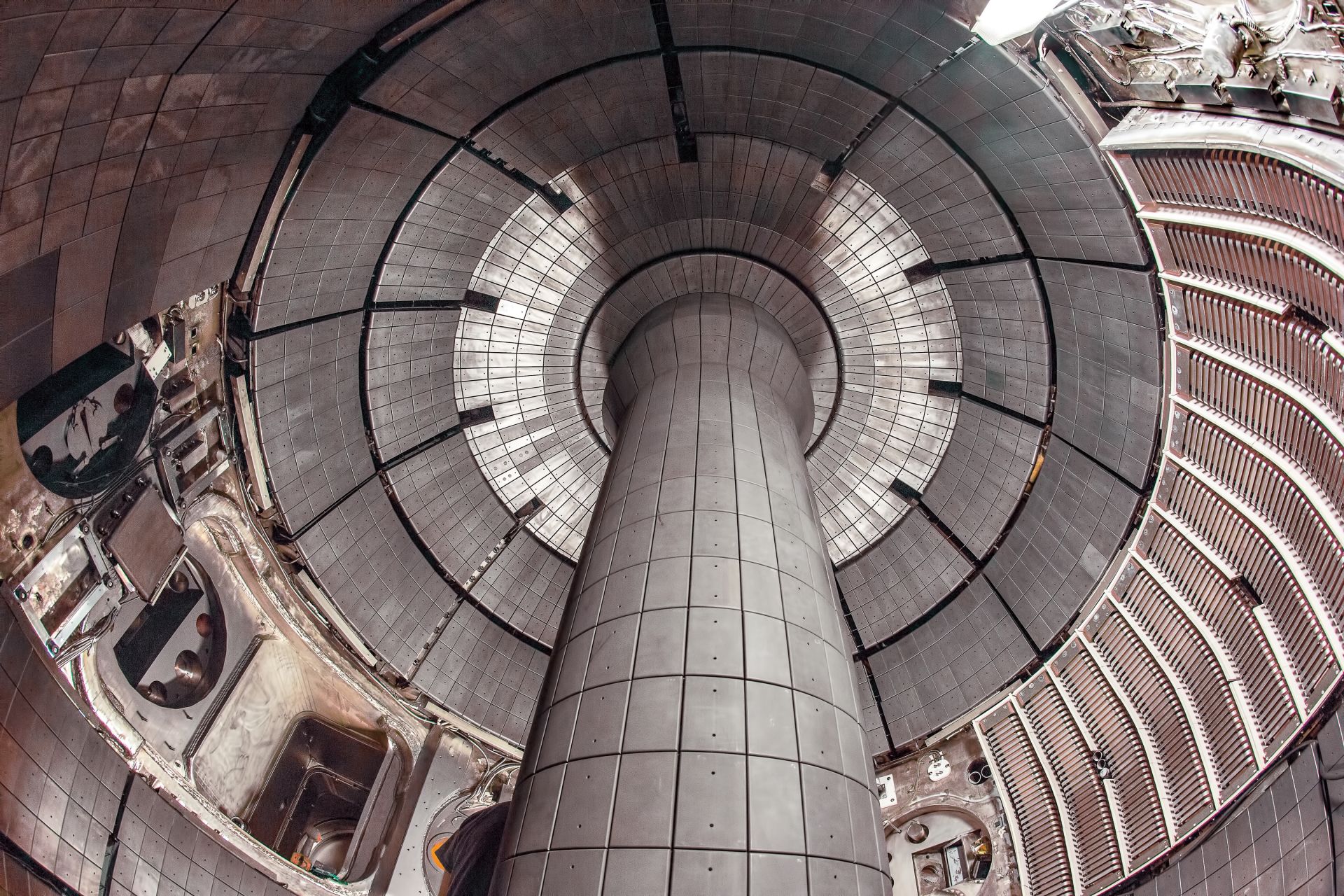
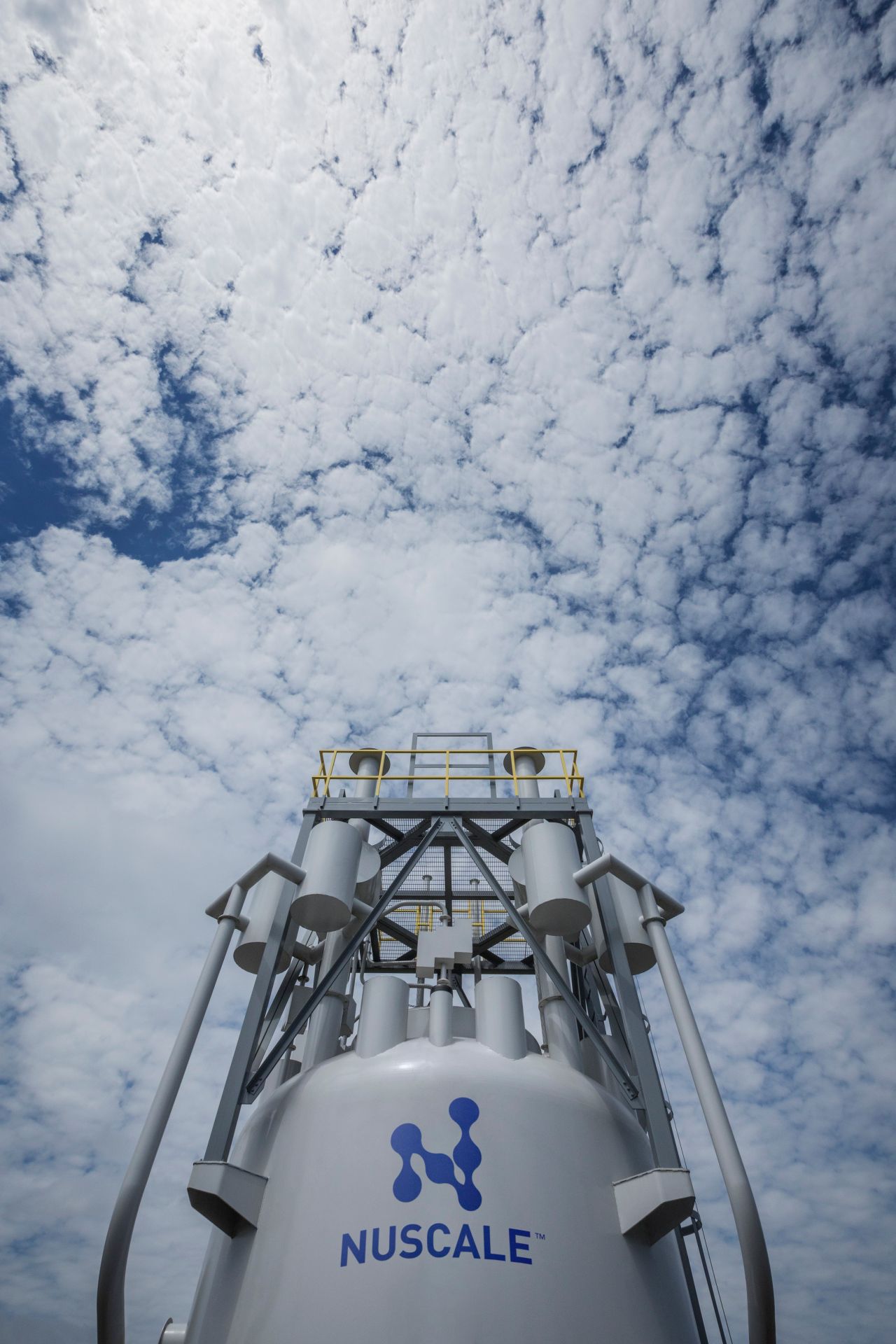
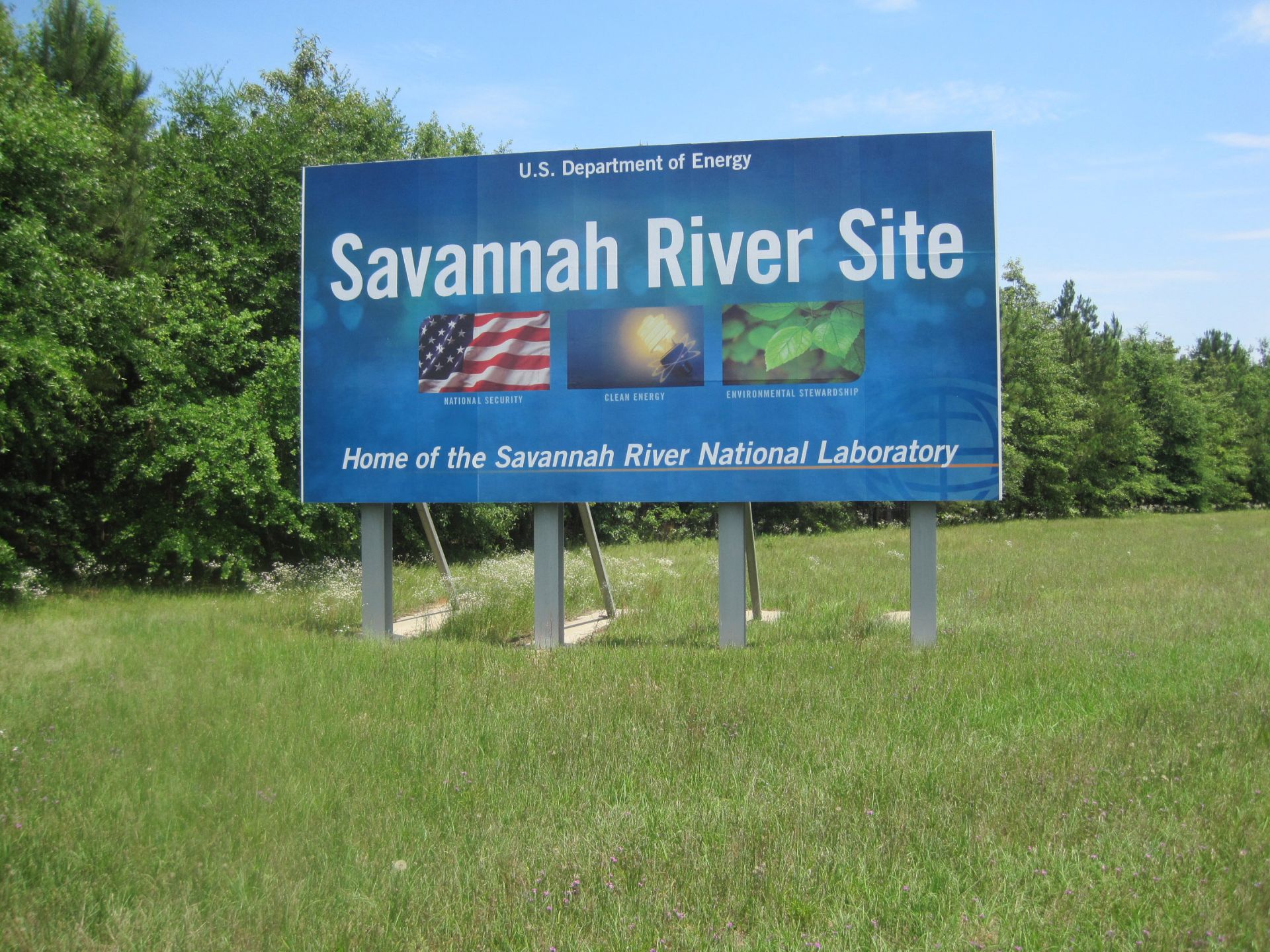
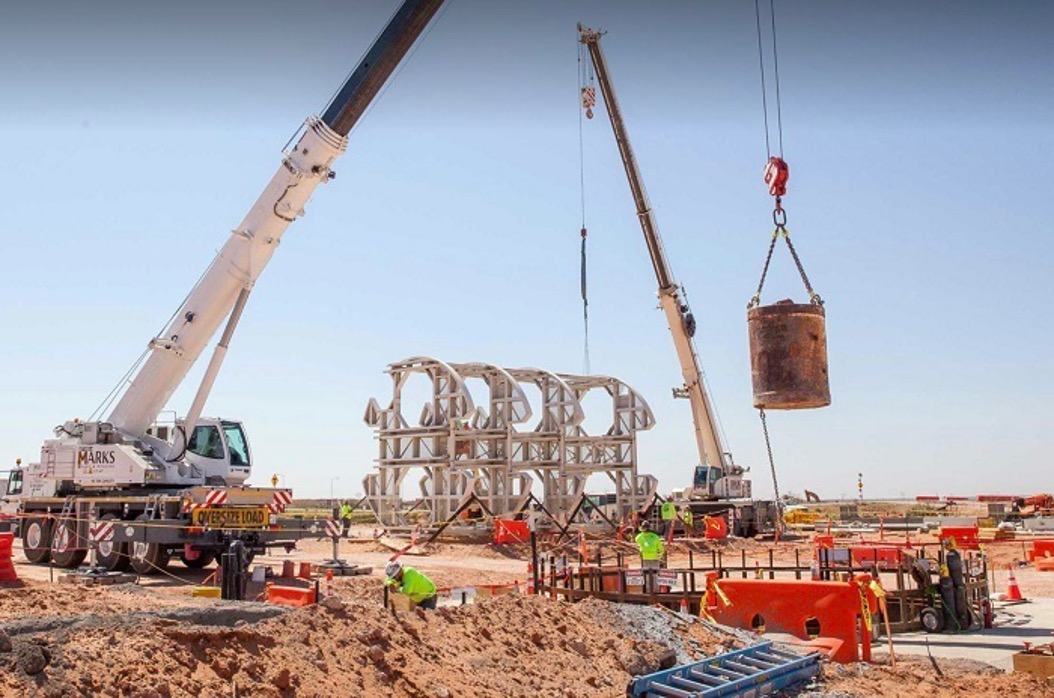
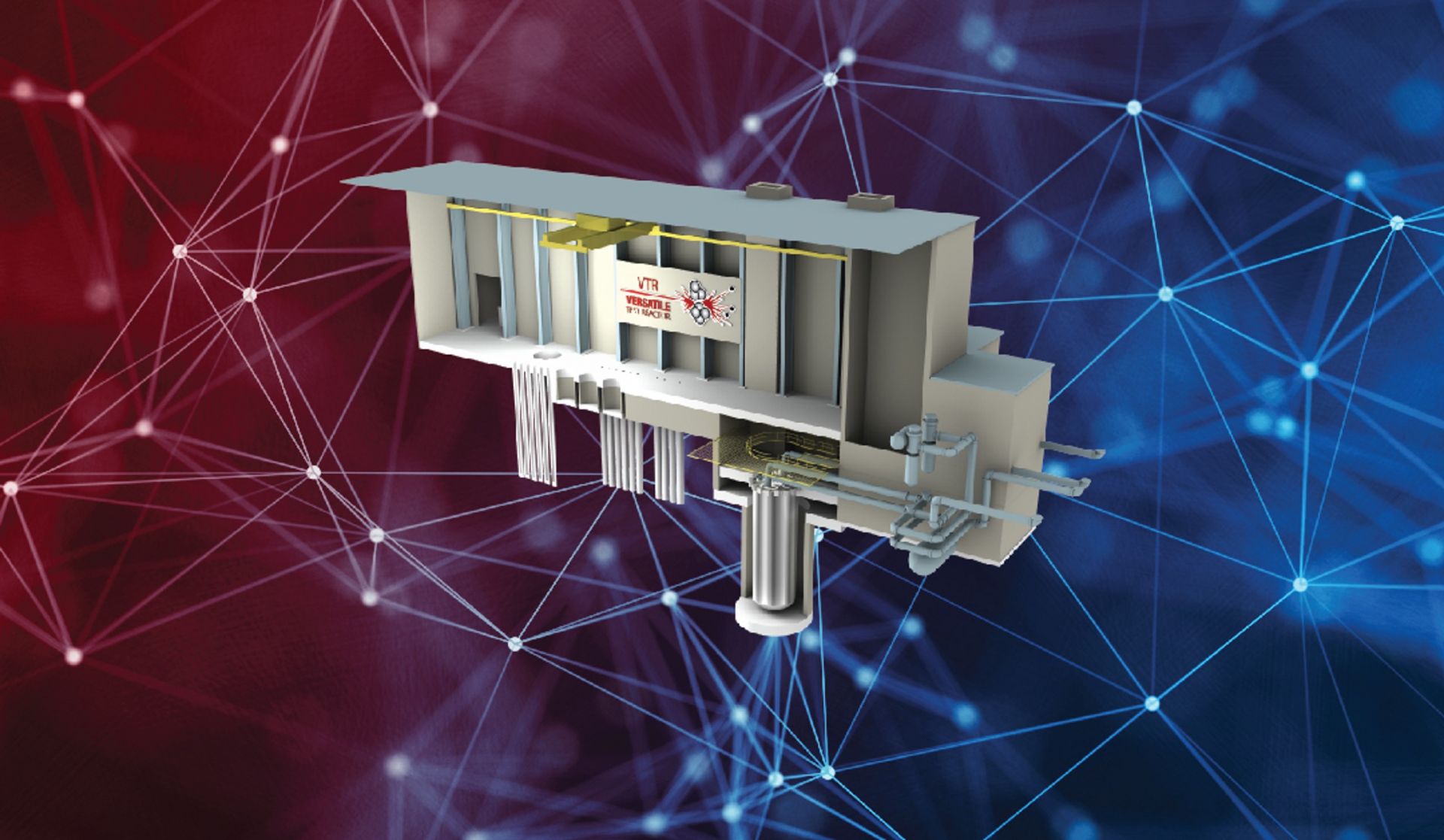
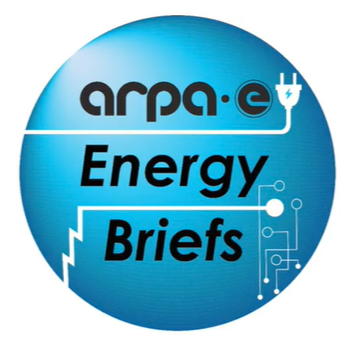 The Department of Energy’s Advanced Research Projects Agency-Energy (ARPA-E) is at work developing and demonstrating novel energy technologies and connecting those technologies with private-sector investors. The researchers and innovators behind ARPA-E want to tell you all about it in a series of “Energy Briefs” available through the agency’s
The Department of Energy’s Advanced Research Projects Agency-Energy (ARPA-E) is at work developing and demonstrating novel energy technologies and connecting those technologies with private-sector investors. The researchers and innovators behind ARPA-E want to tell you all about it in a series of “Energy Briefs” available through the agency’s